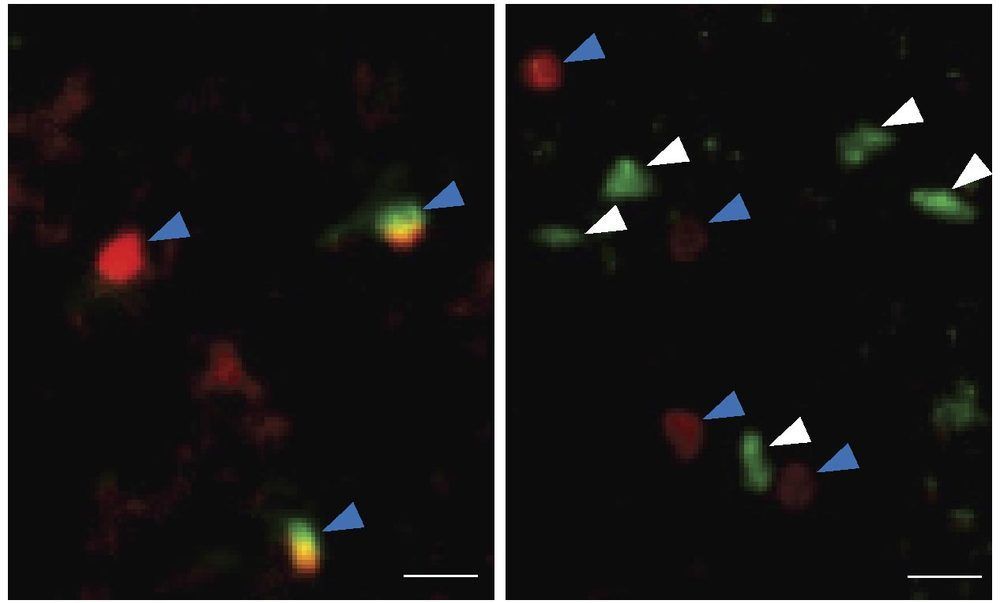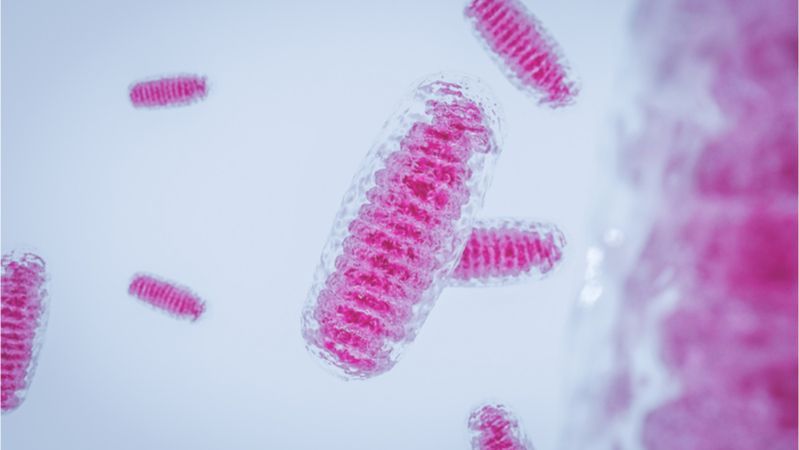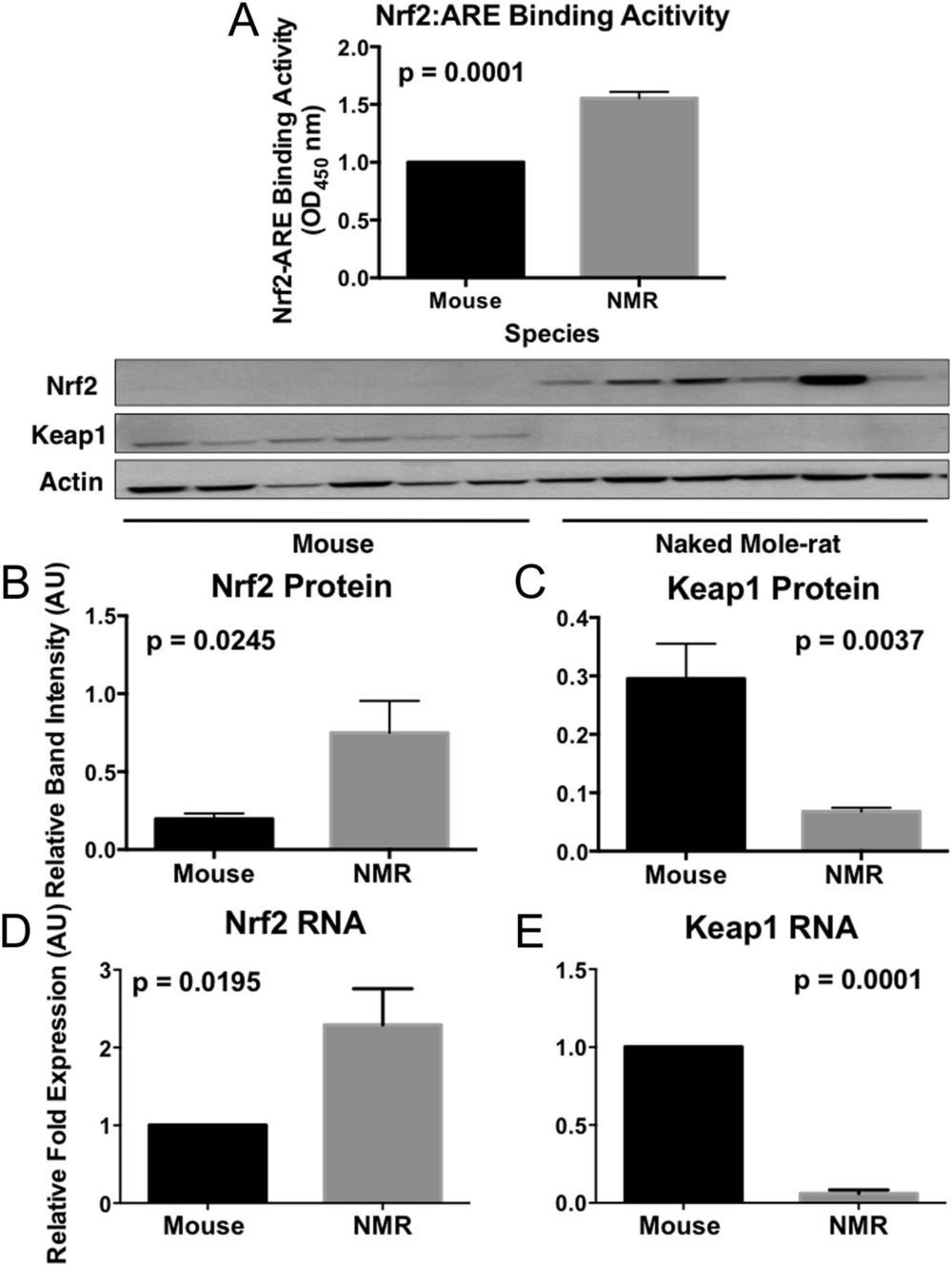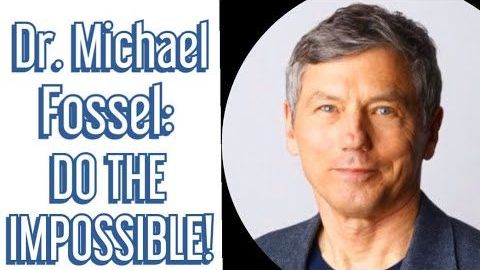Category: life extension

Why Life Expectancy Could Rise Significantly in the Near Future
Let’s face it, getting older sucks, and not because of all the extra candles on the birthday cake. Getting cake and presents every year is great, but the loss of health and independence isn’t a particularly good birthday present. (Wow, what’d I get this year? Just what I didn’t want: sarcopenia and hearing loss!)
Given the downsides of aging, it really is surprising how little people talk about it beyond the odd grumble or even as a joke. Normally, it’s to complain about the aches and pains that gradually appear as the years roll by, as we find it harder to walk up the stairs and “bright-eyed and bushy-tailed” turns into “cloudy-eyed and with an aching back”.
That’s not even the serious side of aging, which involves the gradual loss of independence and the age-related diseases that first rob us of our quality of life before they get around to killing us. The serious part is the horror of Alzheimer’s and the loss of self that it brings, the heart disease that cripples us, the frailty that steals our independence, and the lurking threat of cancer that rises dramatically as we age.


Molecular ‘switch’ reverses chronic inflammation and aging
Chronic inflammation, which results when old age, stress or environmental toxins keep the body’s immune system in overdrive, can contribute to a variety of devastating diseases, from Alzheimer’s and Parkinson’s to diabetes and cancer.
Now, scientists at the University of California, Berkeley, have identified a molecular “switch” that controls the immune machinery responsible for chronic inflammation in the body. The finding, which appears online Feb. 6 in the journal Cell Metabolism, could lead to new ways to halt or even reverse many of these age-related conditions.
“My lab is very interested in understanding the reversibility of aging,” said senior author Danica Chen, associate professor of metabolic biology, nutritional sciences and toxicology at UC Berkeley. “In the past, we showed that aged stem cells can be rejuvenated. Now, we are asking: to what extent can aging be reversed? And we are doing that by looking at physiological conditions, like inflammation and insulin resistance, that have been associated with aging-related degeneration and diseases.”

Revitalizing the Aging Brain by Activating Immune Cells
Researchers at Albany Medical College in New York have discovered that a specific type of immune cell accumulates in older brains, and that activating these cells improves the memory of aged mice. The study, which will be published on February 5, 2020, in the Journal of Experimental Medicine (JEM), suggests that targeting these cells might reduce age-related cognitive decline and combat aging-associated neurodegenerative disease in humans.
The brain is highly susceptible to aging, with cognitive functions, such as learning and memory, gradually declining as we get older. Much of the body’s immune system also deteriorates with age, resulting in increased susceptibility to infection and higher levels of inflammation. In their new JEM study, however, a team of researchers led by Qi Yang and Kristen L. Zuloaga at Albany Medical College reveal that aging-related changes in a class of immune cell known as group 2 innate lymphoid cells (ILC2s) could allow doctors to combat the effects of aging on the brain.
ILC2s reside in specific tissues of the body and help to repair them when they are damaged. Recently, for example, ILC2s in the spinal cord were shown to promote healing after spinal cord injury. “However, whether ILC2s also reside in other parts of the central nervous system, and how they respond to aging, was unknown,” Yang says.

Cyberpunk 2077 — Official 4K Gameplay Deep Dive
Watch the worldwide reveal of brand new game footage from Cyberpunk 2077!
This video contains work-in-progress gameplay — everything you see is potentially subject to change.
Cyberpunk 2077, the open-world, action-adventure story from CD PROJEKT RED, is coming to Xbox One, PS4 and PC April 16th, 2020.
Pre-order now: https://www.cyberpunk.net/pre-order
About Cyberpunk 2077:
In the most dangerous megacity of the future, the real you is not enough. Become V, a cyber-enhanced mercenary outlaw going after a one-of-a-kind implant — the key to immortality. Customize your cyberware and skillset, and explore a vast city of the future obsessed with power, glamour and body modification. The choices you make will determine the story and shape the world around you.


Refining the Allotopic Expression of Mitochondrial Genes
Researchers from SENS Research Foundation, including Matthew O’Connor and Amutha Boominathan, have published a new study showing how codons play an important role in getting copies of mitochondrial genes placed in the cellular nucleus to express themselves correctly [1].
A possible solution to mitochondrial diseases
Mitochondrial disease is not a single disease; in fact, it is a group of rare and related conditions that are thought to affect perhaps 1 in 5000 people. These are caused due to mutations in the genes involved in the process of aerobic respiration, one of the main functions of our mitochondria.

Regulation of Nrf2 signaling and longevity in naturally long-lived rodents
Both genetically altered and naturally long-lived mammals are more resistant to toxic compounds that may cause cancer and age-associated diseases than their shorter-lived counterparts. The mechanisms by which this stress resistance occurs remain elusive. We found that longer-lived rodent species had markedly higher levels of signaling activity of the multifunctional regulator nuclear factor erythroid 2-related factor (Nrf2) and that this increase in cytoprotective signaling appeared to be due to species differences in Kelch-like ECH-Associated Protein 1 (Keap1) and β-transducin repeat-containing protein (βTrCP) regulation of Nrf2 activity. Both of these negative regulators of Nrf2-signaling activity are significantly lower in longer-lived species. By targeting the proteins that regulate Nrf2 rather than Nrf2 itself, we may be able to identify new therapies that impact aging and age-associated diseases such as cancer.
The preternaturally long-lived naked mole-rat, like other long-lived species and experimental models of extended longevity, is resistant to both endogenous (e.g., reactive oxygen species) and environmental stressors and also resists age-related diseases such as cancer, cardiovascular disease, and neurodegeneration. The mechanisms behind the universal resilience of longer-lived organisms to stress, however, remain elusive. We hypothesize that this resilience is linked to the activity of a highly conserved transcription factor, nuclear factor erythroid 2-related factor (Nrf2). Nrf2 regulates the transcription of several hundred cytoprotective molecules, including antioxidants, detoxicants, and molecular chaperones (heat shock proteins). Nrf2 itself is tightly regulated by mechanisms that either promote its activity or increase its degradation.

Dr. Michael Fossel, President of Telocyte
He remarks that we are at Kittyhawk as far as life extension goes. Most folks, including the Wright brothers, did not see a widespread use for aircraft at the time. Today in life extension the scientists working on it really do know what they are chasing.
My mission is to drastically improve your life by helping you break bad habits, build and keep new healthy habits to make you the best version of yourself.
- Please consider donating: https://paypal.me/BrentNally or my Bitcoin Cash (BCH) address: qr9gcfv92pzwfwa5hj9sqk3ptcnr5jss2g78n7w6f2 or Patreon
Follow Brent on social media:
- Instagram: https://instagram.com/brent.nally/
- Facebook: https://facebook.com/brent.nally
- LinkedIn: https://linkedin.com/in/brentnally
- Twitter: https://twitter.com/BrentNally
- Patreon: https://patreon.com/user?u=9451534
This video is my interview of Dr. Michael Fossel, President of Telocyte: https://telocyte.com/
SHOW NOTES:
0:20 Dr. Michael Fossel intro — Follow Michael on LinkedIn: https://www.linkedin.com/in/michael-fossel-4196255/ ; http://www.michaelfossel.com/
0:35 Watch Brent’s first interview of Michael https://www.youtube.com/watch?v=_g6qK2g-Mm4
1:28 Buy Michael’s 3 books: 1) Reversing Human Aging 2) Cells Aging & Human Disease 3) The Telomerase Revolution.
1:55 We were in San Francisco to attend the Longevity Therapeutics conference https://longevity-therapeutics.com/
2:35 The major problem in curing and preventing human age related diseases is understanding how aging works.
3:10 Please read Michael’s Alzheimer’s Association paper: https://alz-journals.onlinelibrary.wiley.com/doi/full/10.1002/alz.12012
5:15 The most important question in curing aging is “Where is the most effective point of intervention?“
6:33 https://www.facebook.com/groups/LongevityConferences
7:10 Michael believes the longevity scientific field is changing.
7:54 Curing Smallpox vs. curing human aging.
11:28 https://www.ncbi.nlm.nih.gov/pubmed/10896778
11:40 https://www.ncbi.nlm.nih.gov/pubmed/9454332
12:08 https://news.harvard.edu/gazette/story/2010/11/partial-reversal-of-aging-achieved-in-mice/
12:20 Michael believes telomerase gene therapy may be resetting the entire biological system to behave like it did in a more youthful state.
15:20 Michael shares what you can do to participate in curing aging related diseases.
17:45 Michael believes most longevity-focused researchers and scientists still don’t understand the complexities of human aging and age-related diseases.
18:01 There is no single cause of aging
19:50 curing aging vs. stopping crime
22:01 Aging and age-related diseases are killing more people than anything else.
23:50 Michael share a personal story about a friend recently diagnosed with Alzheimers.
24:48 You should be much more scared of aging than the coronavirus.
27:53 Most people believe we can’t do anything about human aging.
28:55 What can you do to increase your healthspan?
32:22 biomarkers of human aging
35:01 Please read Michael’s Alzheimer’s Association paper: https://alz-journals.onlinelibrary.wiley.com/doi/full/10.1002/alz.12012
37:03 What needs to happen for Telocyte to be successful and cure Alzheimers and then aging?
38:00 4 major criteria important to Telocyte: 1) credibility 2) safety 3) efficacy 4) cost.
39:10 Telocyte’s success will dramatically lower the cost of global healthcare.
39:45 Brent believes human aging will eventually be cured so lets work to make this happen faster!
40:40 We need a conceptual revolution to cure human aging and age related diseases.
41:01 Kobe Bryant’s death is a tragic reminder that curing aging will not end human death. RIP Kobe and the 8 others that lost their lives in the horrible helicopter crash.
42:40 We need to extend your healthspan and improve your quality of life to extend your life beyond the current limits of about 122 years.
44:30 Michael’s final thought: DO THE IMPOSSIBLE!
45:12 Follow Brent on social media: